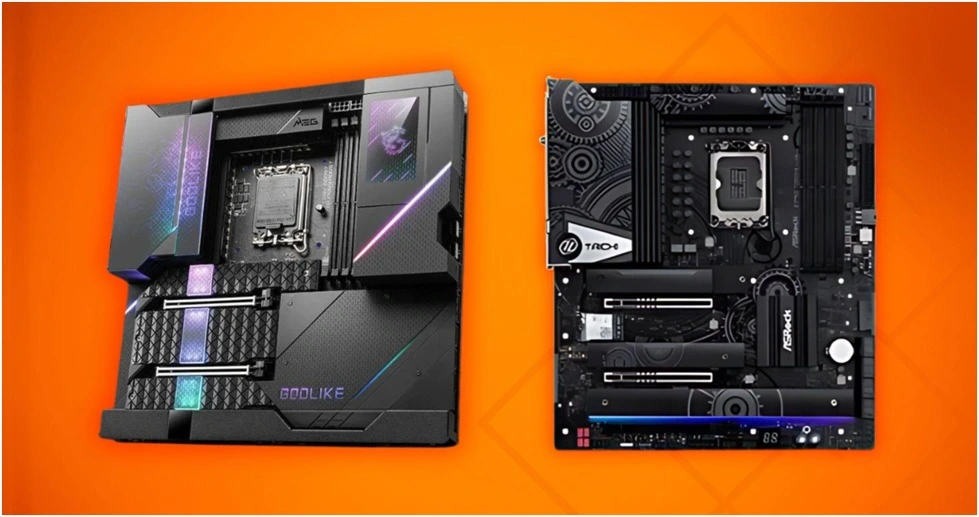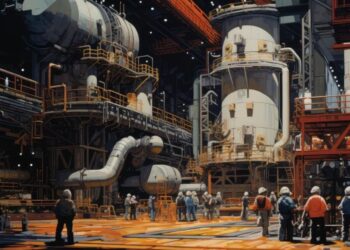Whether building a new PC or upgrading an existing system, we’ve all likely noticed the rising costs of computer motherboards in recent years.
In this post, let’s take a closer look at some of the key factors and reasons why are motherboards getting too expensive. We aim to provide helpful context that empowers readers to make more informed choices tailored to their budgets and needs.
Increasing Prices Across All Tiers
Motherboard costs seem to be surging industry-wide in recent years. Let’s examine how pricing is rising across different tiers.
Disappearance of Budget Motherboards Under $100
Just a few years ago, builders could reliably find several quality motherboard options priced under $100. These “budget” models gave great value and enabled more affordable entry-level builds. However, scouring stores and sites today reveals precious few remaining at this threshold.
While manufacturers continue marketing entry-level boards at attractive introductory prices near $75-99, very few regularly sell at these levels in reality. What happened to these accessible starting points? It seems mid-range boards priced $125-175 have largely replaced true budget variants.
Now instead of 5-10 sub-$100 boards to choose from, builders face just 1-2 scarce selections with limited features at best. This new landscape leaves value-oriented patrons with dwindling low-cost alternatives for building a basic PC on a tight budget.
Creeping Prices of Mid-Range Motherboards
At the same time, “mid-tier” motherboard pricing is also creeping steadily upwards. Chipsets that previously offered affordability around the $100-150 range like B550s and B660s now begin closer to $175-200 as standard.
Their bar has lifted to overlap substantially with so-called “high-end” boards priced $200-250 rather than remaining distinct cost brackets. This shift creates pricing confusion that subtly nudges buyers to accept larger spending.
For example, a quality B660 rated for capable light gaming and productivity may be marketed around $180 but realistically performs little differently than a Z690 priced at $220. Rather than separate affordable versus premium tiers, we see a blended spectrum trying different shoppers into more expensive upgrades through clever segmentation.
Impact of Advanced Features on Pricing
Advanced technologies have allowed motherboards to offer new capabilities. However, additional features drive manufacturing costs higher. These expenses are often passed along to consumers in the form of increased prices.

Costly Aesthetics vs. Essential Components
New board technologies do increase research, design, and material costs to some degree. However, budget shoppers question if frivolous additions inflating prices provide genuine value.
For basic builds, are multi-zone RGB lighting arrays, “VR Ready” branding on boards lacking discrete graphics, and other flashy marketing fluff truly necessary? For those prioritizing performance per dollar, reliability and compatibility matter most.
Higher-quality core components like sturdy capacitors and robust voltage regulators ensure stable, efficient systems without frills. After all, most users buy motherboards to enable their PCs, not admire their aesthetics! By trimming unnecessary embellishments, prices could remain reasonable for essences without performance detriment.
Higher Quality Materials Warrant Some Price Bumps
Upgrades including enhanced capacitors, VRMs, and other under-the-hood quality-of-life improvements do warrant modest price increases as they bolster reliability, compatibility, and longevity.
However, when bundled with flashy extras, costs balloon to unreasonable levels for budget patrons. Striking a balanced focus on essential robustness delivers greater value to mainstream users seeking capable everyday platforms over excess.
Importance of Ensuring Compatibility and Expandability
When building a PC, it’s important to consider more than just initial performance. A system’s flexibility and longevity matter greatly as well. Features like upgradeability and future-proofing can significantly impact long-term costs.
Investing in a Robust Foundation
A long-term perspective reveals premium boards offer expanded worth beyond initially higher outlays. Models designed for longevity provide features like reinforced connectors and extra expansion slots that futureproof systems for incremental upgrades over wholesale replacements.
This avoids wasteful repetitive spending and allows customizing configurations creatively to needs over time. For professionals relying on PCs as productivity tools or power users constantly tweaking their dream build, a top-tier board can prove itself invaluable.
It does so by offering stable dependable performance as well as manufacturers’ support. While an investment, the right model proves itself in the total cost of use, sparing frustration from lack of foresight down the road.
Ensuring Adaptability to Emerging Standards
Complementing robust construction, and concentrating on high compatibility safeguards seamless assimilation of innovations for years. High-end boards smoothly integrate evolving software, memory, and I/O standards on the die without missing a beat.
From new CPU sockets like AM5 to standards like DDR5 and PCIe 5.0, leading boards remain relevant through each iteration rather than immediate replacement. Professionals value optimized productivity above all else – a compatible board fosters agility far exceeding added cost.
Global Supply Issues Impacting Costs
The pandemic massively disrupted worldwide electronics manufacturing and trade flows. Component shortages strained production while rising labor, shipping, and material input costs inflated manufacturing. Understandably, these influences contributed to passing price increases along channels.

However, some argue crisis conditions also “tested” elasticity by minimizing customer bargaining power temporarily. For Australian buyers, weakened currencies compound higher costs significantly. Our dollar keeps depreciating against the greenback, magnifying import prices already inflated globally.
Overseas tariffs and distribution markups capture enlarging portions of patrons’ budgets despite the local assembly of some mid-range models. Fair exchange rates reflective of true economic circumstances benefit all.
Conclusion
In conclusion, various factors drive inflated motherboard pricing in different measures. Understanding influences like tier migrations, new features, future-proofing needs, and global issues empowers savvy choices. With care and clarity, builders can still find quality foundations serving budgets and brilliantly enabling home, work, or play within one’s means.
Though an investment, the right board secures a system’s potential for productivity and enjoyment ahead. I hope this overview sparked ideas for navigating options fitting your specific needs and goals. Please share your own experiences or questions in the comments below!



















